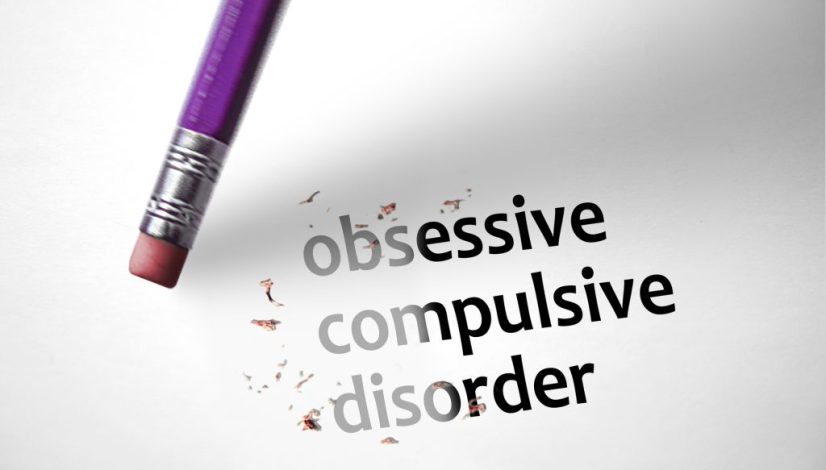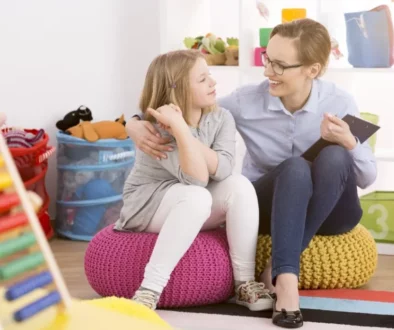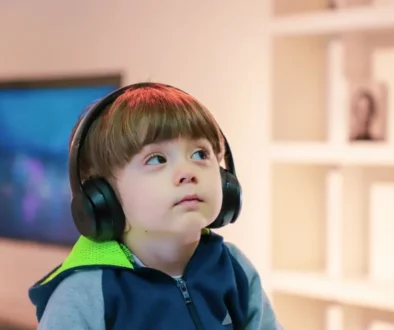What Is the Difference Between OCD and Autism?
Are you unsure whether your child may have OCD or Autism?
There are similarities between Obsessive Compulsive Disorder (OCD) and Autism. This oftentimes leads to the two disorders being confused. And there’s evidence to suggest a high level of comorbidity between these two conditions. This makes an accurate diagnosis even more challenging.
As a parent looking to do what’s best for your child, navigating these differences can seem overwhelming. But getting an accurate diagnosis significantly improves a child’s well-being. With a diagnosis, steps can be taken to support your child’s unique needs.
Early detection is crucial. Later diagnosis in individuals is linked to higher rates of depression and other mental health problems.
So what are the signs of OCD and Autism? And how can you tell them apart?
OCD and Autism
While OCD and Autism do often co-occur, they are distinct from one another and require different types of support.
One of the signs of diagnosing both OCD and Autism is engaging in repetitive behaviors. But the motivation behind these behaviors differs greatly between the two conditions.
In OCD, repetitive behaviors are driven by intrusive thoughts. These thoughts lead the individual to fear that if they don’t carry out the behavior, something terrible will happen. A very common example is excessing cleaning or handwashing, for fear of germs.
These behaviors are driven by a clear purpose and fear of negative outcomes. As a result, interrupting the activity will cause extreme distress in the individual. For parents, interrupting a child’s repetitive behavior will elicit an extreme response. It can possibly even trigger a panic attack in the child.
For Autism cases, these behaviors are not linked to a specific goal. Rather, these behaviors are a form of self-soothing in response to heightened emotions or sensory overload. This can be a crowded room, loud noises due to construction, etc.
The behaviors take many forms. These include hand-flapping or finger flicking, rocking back and forth, chewing on objects, and others.
And of course, they can also take the form of repetitive behaviors. These can be flicking light switches, opening and closing doors, or arranging objects in a particular way, as some examples.
These repetitive behaviors—referred to as “stimming”—are not linked to intrusive thoughts like in the case of OCD. Children can get directed away from the repetitive behavior without distress. Although in most cases they will begin doing a different stimming behavior if they are still agitated and trying to self-soothe.
How to Identify Developmental Differences
Understanding developmental differences in children is key to recognizing early signs of OCD, Autism, and other disorders.
Paying attention to your child’s language skills, spatial reasoning, social skills, and other key areas will help you to recognize if you’re child’s development is not neurotypical. This will help you determine if your child will need additional support to flourish throughout their childhood.
Typically, a diagnosis can usually be made from as young as 18 months, and ideally will happen before the child reaches 5 years of age. Though if your child is older and you have concerns about their behaviors, there is no “too old” to get an evaluation and diagnosis.
Autism exists on a spectrum, and some types of Autism and OCD can present in similar ways. It can be difficult to understand the differences between them. As a result, many children with high-functioning Autism can fall through the cracks.
Getting a Diagnosis
If you’re starting to see the signs of Autism or OCD in your child, getting an evaluation from a professional is the next step. A developmental pediatric specialist can provide an OCD or autism diagnosis. With a diagnosis, they can provide you with all the information you’ll need to provide the best care.
Evaluation typically occurs over four visits.
The first visit will include a review of the parents’ completion of the M-CHAT-R, or the “Modified Checklist for Autism in Toddlers, Revised.” You’ll also review a detailed history of the parents’ family health, and the birth history and developmental history of the child. This first step can all be done via teleconference. This makes it more accessible to start the diagnostic process.
Next, parents will complete a standardized interview to obtain the current level of adaptive functioning using the Vineland 3 Adaptive test. This is a widely used assessment tool, and again can be completed via a telemedicine appointment.
The third visit will review interactions between parents and the child. This can happen either in person or via video recordings or teleconference. The interactions will be structured, following a protocol designed to get scored using the ADOS-2 Scale, or Autism Diagnostic Observation Schedule, Edition 2.
The final appointment will be to present the report with the diagnosis. At this time, the doctor will make recommendations for treatment. This includes any applicable prescriptions, and/or behavioral therapy plans and support services.
The doctor will follow up to discuss what the parents can do at home. They can also advise if any further testing is needed. For example, assessments of hearing, genetics, and metabolic and neurological functions.
Don’t Wait To Evaluate
If your child is presenting signs of OCD and Autism, get them evaluated early. The earlier they get a diagnosis, the sooner you can begin to provide the support they need early on and get them started on the road to success in life.
Reach out today to request an evaluation appointment with Developmental Pediatrics. We provide comprehensive assessments for autism diagnosis in the state of Texas. We also offer telemedicine services to make getting started easier than ever.



